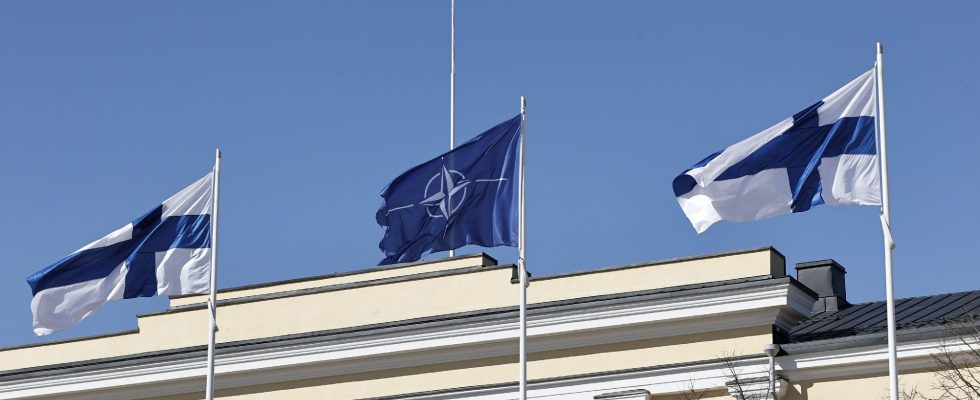Do the Swiss speak Swiss? The question seems absurd as the answer is so obvious: no, obviously. In the Swiss Confederation, the four national languages are German, French, Italian and Romansh. So why does this article start like this, you ask? Well because, often, we reason as if a country corresponded to one language, and only one. To Russia, Russian. To Spain, Spanish. To China, Chinese, and so on. During his televised wishes on December 31Emmanuel Macron further declared: “France is a culture, a history, a tongue” [c’est moi qui souligne]. The reality, as we will see, is (much) more complex.
WOULD YOU LIKE TO RECEIVE THIS NEWSLETTER? >> Click here
Like Switzerland, many countries actually have several languages with official or administrative status. Canada, as we know, has two (English and French). Luxembourg, although modest in size, has three (Luxembourgish, German and French). South Africa recognizes no less than 12, including English, Zulu and Xhosa.
Other states, while having a single official language for the entire country, grant co-official status to other languages in part of their territory. Let’s take the example of Italy, with French, in the Aosta Valley, and German, in Trentino-Alto Adige (in particular). We could also cite the Philippines, Spain, Iraq, the Netherlands and many others.
The cultural diversity within the same country is even more striking if we take into account languages that do not have official status. World champion in all categories, Papua New Guinea has no less than… 885, according to calculations from the University of Laval, Quebec. It is ahead of Indonesia (779), Nigeria (543) and China (542), where not only Mandarin is spoken, far from it.
This proliferation is true – to a lesser degree – in Europe. With the exception of small states like Iceland, Liechtenstein and the Vatican, all the countries of the Old Continent have several languages, some of which have more than 10. There are 12 in Finland, Sweden and Switzerland; 13 in Ukraine; 14 in Spain, Greece, Poland and Serbia and 15 in the Netherlands.
And France? It does even better, with no less than 22 languages in mainland France (not counting sign language) – but also around fifty overseas. A logical situation, moreover: in our country – historically multilingual, let us remember – French only became widespread in all regions in the 20th century. To the point that, on the Old Continent, only Russia displays even greater diversity, with 100 languages, of which 56 are spoken in Europe and 44 in Asia – note, however, that its territory is 34 times larger than ours.
Variety exists even within our regions. Brittany thus has two historical languages, Breton, in the West, and Gallo, in the East. The same goes for Hauts-de-France, with Picard and Flemish. In Alsace, Alsatian neighbors Frankish, Franche-Comtois, Welch, Yenish and Judeo-Alsatian. Overseas, Mayotte has shimaoré and shibushi. As for New Caledonia, it alone is rich in around twenty languages. Without wishing to disrespect the Head of State, we would like to add that the Pyrenees do not speak “Pyrenean”, contrary to what he said during a trip to Corsica (around 1’10), but, depending on the location, Basque, Occitan, Catalan or Aragonese.
Let’s end this article with two figures. According to UNESCO, there are around 6,000 languages on the planet for some 200 states. Without being exactly a mathematical genius, it is easy to conclude that the pseudo-equivalence “one country = one language” does not hold. And that the world is placed under the sign of a joyful – but fragile – cultural diversity.
FIND VIDEOS DEDICATED TO FRENCH AND THE LANGUAGES OF FRANCE ON my youtube channel
READ ELSEWHERE
Why does half a beer contain a quarter and not half a liter?
They say the French are grumpy and close to their pennies, and yet… When we order “a demi” in a café, the waiter brings us a 25 centiliter glass, that is to say a quarter of a liter, and we do not protest. The explanation? There would be two, according to our colleagues at Slate. The first: this term would be the survival of a unit of measurement used in Normandy in the Middle Ages, the demiard. The second: in fact, our “half” would correspond not to half a liter, but to half a pint, which is equivalent to around 50 centiliters among the British.
Eric Zemmour confuses “Africanization” and “affrication”
Although the term “affrication” can be confusing, it has nothing to do with Africa. Yet this is what Eric Zemmour believed when sharing a daily article on X Release. Titled “Amandjine eats at the cantchine”, it described the tendency of young people to “affrication” (from the Latin “affricare”, “rub against”), a process consisting in this case of replacing the sound
lep-general-02
